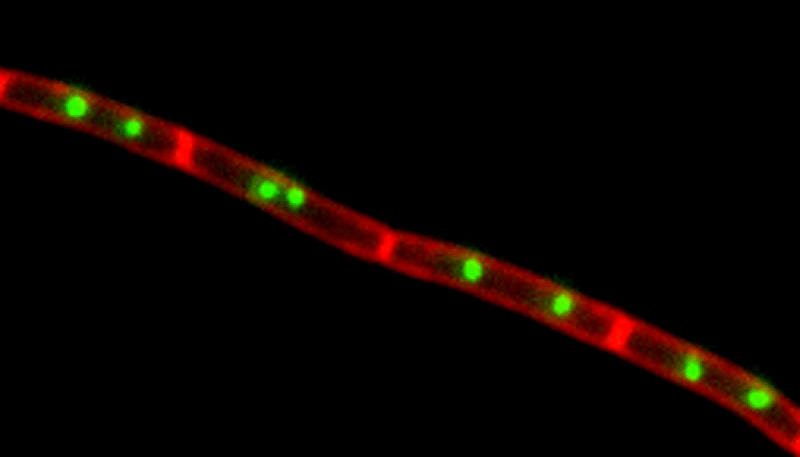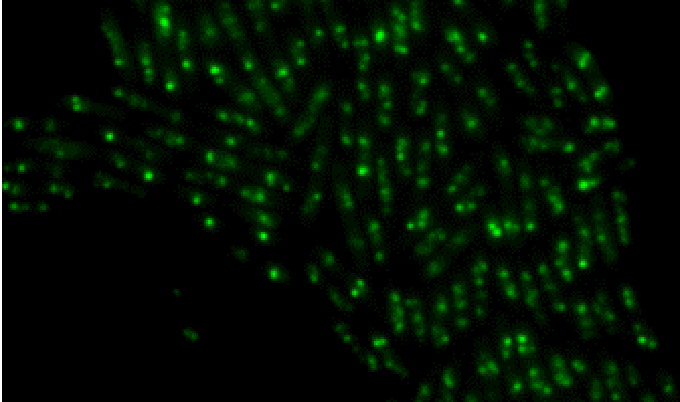New chromosome origin element identified

Newcastle University scientists have discovered a new essential sequence within bacterial genomes required for DNA replication - the second ever to be discovered and the first for 30 years.
Publishing today in Nature, the Newcastle team describe how they identified the new site and determined the mechanism by which it promotes DNA duplication.
The "DnaA-trio" is described as a core element of bacterial replication origins and represents a significant advance for scientific understanding.
Origins
In all cells genome duplication requires key proteins called "initiators" to unwind the DNA double helix at specific sites known as "origins".
DNA unwinding provides the replication machinery access to single strands which act as templates for new rounds of DNA synthesis.
While initiators are highly conserved throughout all organisms and well characterised, there is still a lot to learn about "origins".
In fact, within higher organisms such as animals and humans, scientists have yet to define what constitutes an origin.
DnaA-trio
In the paper, the team explain how the novel and essential bacterial replication origin element directs single-strand DNA binding by the master initiator protein DnaA to promote opening of DNA duplex.

They determine that the element is composed of a simple repeating three base pair sequence, which they term the DnaA-trio.
Lead author, Dr Heath Murray a researcher in the Centre for Bacterial Cell Biology at Newcastle University said: "This discovery sheds new light onto a fundamental biological process shared amongst all living organisms, the duplication of genes in order to pass this essential material down to future generations."
More information: Tomas T. Richardson et al, The bacterial DnaA-trio replication origin element specifies single-stranded DNA initiator binding, Nature (2016). DOI: 10.1038/nature17962
Journal information: Nature
Provided by Newcastle University




















